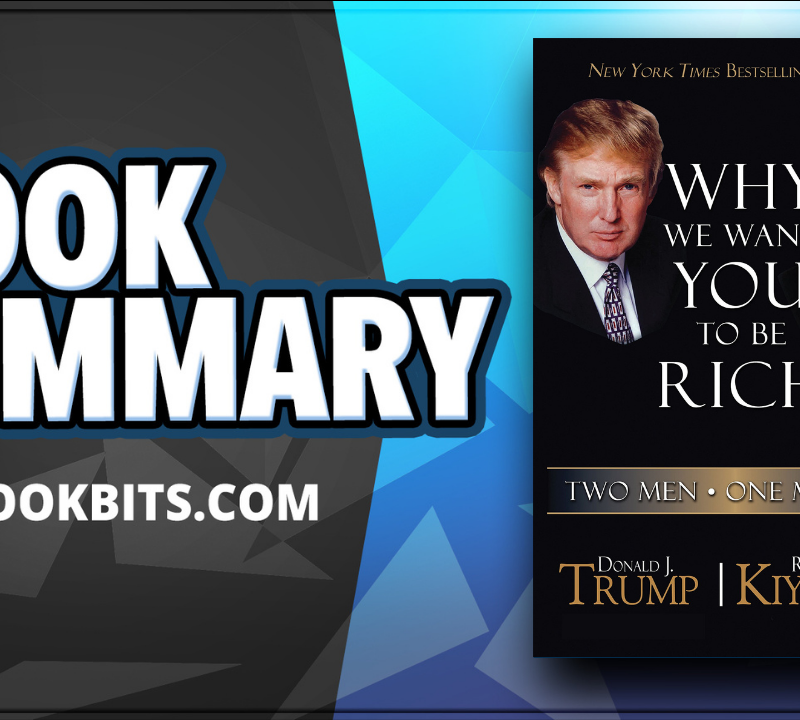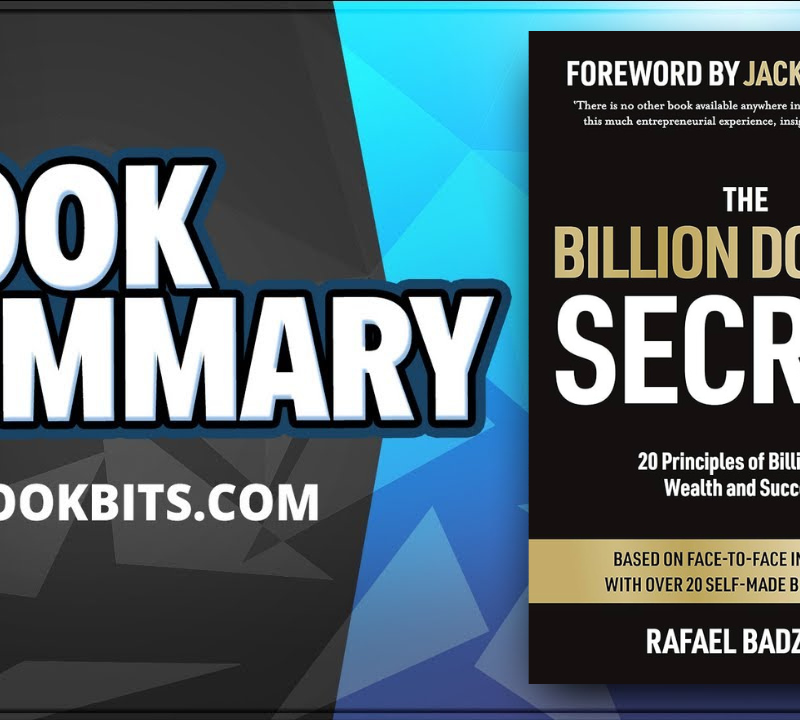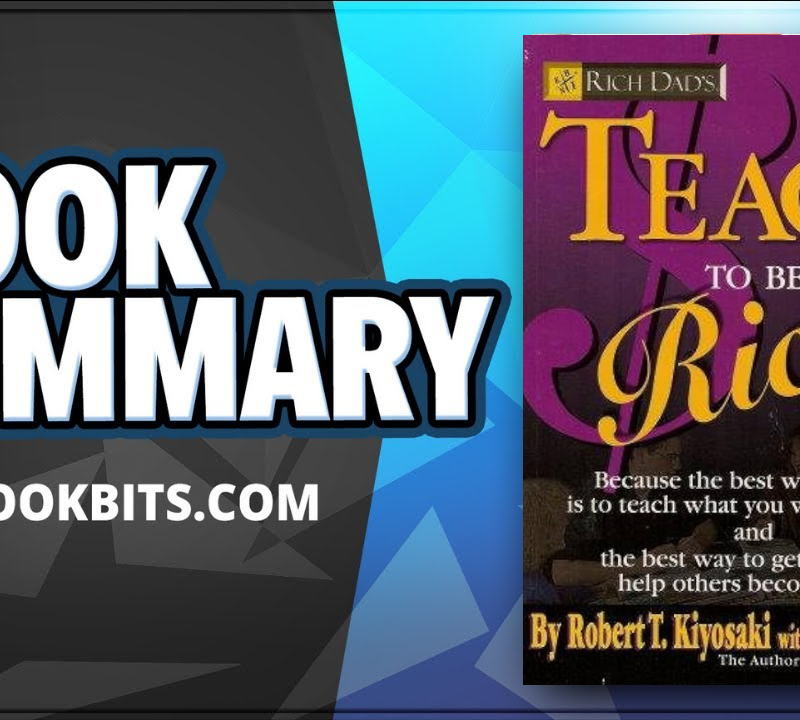★DOWNLOAD THIS FREE PDF SUMMARY HERE
? MY FREE BOOK TO LIVING YOUR DREAM LIFE”
? SPONSOR BESTBOOKBITS BY USING PATREON
? SUPPORT BESTBOOKBITS BY CLICKING THE LINKS BELOW
- 150 PDF Summaries
- Coaching Program
- Subscribe to My Channel
- Website
- Spotify
- Book Club
- Mailing List
Chapter 1: Know The Score
The first chapter is all about the credit score: what it means, how to get it, and how to improve it. Most of the main part of the chapter lays out how a credit score is defined, which is almost exactly the same as Wikipedia’s definition of a credit score. Suze’s advice is spot-on here: knowing exactly how a credit score is defined is the biggest key to knowing how to improve it, as most common mistakes with improving a credit score are simply the result of not understanding what’s going on. She’s even wise to the freecreditreport.com ripoff – you should only get your score from the government or directly from Experian, Equifax, or TransUnion.
Most interesting problem: I am slowly paying down my credit card debt and plan to cancel each card as I get the balances to zero. For the love of God, don’t do this. Your oldest credit cards are part of the foundation of your credit report. If you cancel your earliest cards, your credit rating will go down as you are choosing to shorten the length of your credit history, which is a significant factor in calculating your score. Cut them up instead, or put them away in a lock box somewhere.
Chapter 2: Career Moves
The general point of this chapter is that if you’re not happy at your job, find a different one or else subject yourself to a lifetime of misery, something no one wants. Since this book is targeting twentysomethings, this is good advice; you’re at the very point in your life where a career change is most appropriate, before the burdens of a marriage, a home, and children begin to force you to remain employed. Some of her advice here is kind of odd, though; she encourages using credit cards for necessities if you’re working a job that pays very poorly but has strong potential to pay a lot more in the future. I’m not sure I agree with that; I think it’s a better life skill to learn how to suck it up and make it work, so to speak.
Most interesting problem: I hate my job and want to go back to school. In almost every case, this is a bad idea, as it prolongs the inevitable challenge of finding strong employment, increases your debt burden, and also gets you started in the workplace at an older age. For most people, going back to school is a crutch to lean on because they can’t get it done.
Chapter 3: Give Yourself Credit
As I mentioned before, Suze is often just fine with credit cards, and this chapter is basically about how to use credit cards in a sane and sensible manner. I agree with her that they can be used as tools, but the problem is that the modern consumerist society is basically set up to encourage people to spend beyond their means, in which people bringing in $130,000 a year are buying Ferraris and million dollar homes. Marketing has become so effective that for many people it makes the debt risk seem trivial in comparison – and then suddenly they find themselves in desperation. Thankfully, this chapter bookends the “use a credit card” advice with some sense, like making sure that the things you buy are actually necessities, and that eating out (for example) is not a necessity.
Most interesting problem: The only debt I have is my hefty balances on five credit cards. I want to begin to pay them off, but I don’t know where to start. The advice here is a home run: pay the minimum balance on all of them, but pay as much extra as you can on the one with the highest interest rate. Once that’s paid off, move on to the others. This is the route to paying the least amount possible in finance charges.
Chapter 4: Making The Grade On Student Debt
Student loans may be the best investment you make in your life, because a college degree increases your earnings potential by a large amount. However, walking out of school into an uncertain marketplace with a load of debt is certainly frightening. However, there are also a lot of things working in your favor: a low interest rate, tax-deductible interest, and the fact that you’re now holding a college degree are all big positives. If you don’t have a degree, but you think you’re capable of earning one, student loans are well worth it. As for consolidation, you should do this when the interest rates are low and you can lock in a rate; otherwise, it’s not worth it.
Most interesting problem: I have a little money left after paying my monthly bills, but I don’t know if I should use that cash to pay off my student loans or to invest in my 401(k) or a Roth IRA. If your company’s 401(k) gives you a match, you should invest in that above everything else. If you’re not doing that, you’re basically saying “no” to thousands of dollars in free money. Sure, you don’t get to spend that money now, but your older self will thank you profusely for it, as every dollar you invest that’s matched at age 25, growing with 10% annual return, becomes $90.52 when you’re 65. That’s an unbelievable rate of return and one you should be taking advantage of every step of the way.
Chapter 5: Save Up
This chapter’s focus is on the concept of living a bit frugally so you can afford important things like a cash emergency fund and also have the ability to save for major purchases, such as automobiles (so that you aren’t eaten alive by yet another loan with a strong interest rate). Most of the ideas in this chapter are pretty low key and sensible, but it takes commitment not to just take that new extra money and spend it on other stuff (I know that’s what I used to do – if I saved $25 by eating at home for a week, I could suddenly “afford” a new book). The chapter seems to be missing one important part: taking that newfound money and automatically depositing it into an emergency fund account.
Most interesting problem: I want to start a savings account, but everyone tells me I should pay off my credit cards first. This is generally true, but the real answer comes from comparing the interest rates. If your savings account returns 5% and you have a 4% credit card, then you should have your money in a savings account. However, most people have credit cards with interest rates in the 18% range and a savings account that’s far, far lower – if this is you, get those credit cards paid off as soon as possible.
Chapter 6: Retirement Rules
If you haven’t figured it out yet, I quite like this book; I think it really hits the target audience on the head, and nowhere else is this more true than in this chapter. Right at the front, in a huge font, it says “Unlike your grandparents and maybe even your parents, you are going to be pretty much on your own for funding your retirement.” This book is out there getting this vital message across to Generation Y, and for that I’m quite impressed. If the point wasn’t clear enough, another huge font header a few pages later says “You have been dealt a tough hand, and that requires getting an early jump on your retirement savings, because your best friend right now is time.” The chapter is filled with pretty typical retirement information: start an employee-matched 401(k) or 403(b) plan immediately and also get a Roth IRA if at all possible. But the message is very loud and clear: you’d better get started because the baby boomers are going to suck the pot dry before you get old enough, so it’s up to you to save for yourself.
Most interesting problem: I have credit card debt that I am paying 18% interest on. I wonder if I should borrow money from my 401(k) to pay off that debt. In short, no, because doing this will eat you alive with taxes. The money you paid into the 401(k) was pre-tax money, but you’ll pay back the loan with post-tax money, which basically amounts to a 25% interest rate (or so) on the loan on top of what they quote you. In other words, it’s actually much worse than most credit cards. Focus instead on trying to raise your credit score, then transfer that amount off to another credit card.
Chapter 7: Investing Made Easy
The first six chapters of the book felt as if they laid a good foundation for financial stability; the last four chapters focus on more detailed topics. This chapter basically compresses the basics of investing in stocks down to about fifteen pages. I’ll compress it even more for you: buy some stock-based mutual funds and focus at first on ones that cover the whole market, like index funds. Given that this book is intended for twentysomethings, this advice is spot-on.
Most interesting problem: I get sick when my 401(k) goes down; I don’t want to invest any more. This is a question of perspective, and the person here is taking a very short term perspective on something that should have a very long term perspective. In fact, if you’re investing regularly, you’re better off for the long haul if the market goes down early on, because you’ll be buying at the market’s bottom and can ride the elevator all the way to the top floor.
Chapter 8: Big-Ticket Purchase: Car
This chapter is full of great advice about buying a car that will disappoint people who want a Lexus straight out of college: leases are a rip-off, the best deal is a late model used car that isn’t ultra-showy, and the more cash you can pay the better off you’ll be. All of these points are true – and yet I just saw a person who graduated just a few months ago and is employed as a secretary driving a leased Lexus. Sheesh.
Most interesting problem: I use my car 50 percent of the time for business. Even with the drawbacks of leasing, I figure the tax break makes it a good deal for me. Whenever you use a tax break to justify a purchase, you’re getting ripped off. Plain and simple, leases are a giant rip-off that leave you with nothing in the end except an empty wallet.
Chapter 9: Big-Ticket Purchase: Home
This chapter starts off with a great twenty page walkthrough of the home-buying process, along with a lot of encouragement about how good of an investment a home purchase is. I tend to think of one’s primary home not as an investment, but it is something with value that does appreciate over time. This chapter is great if you know nothing at all about the home-buying process, but even as someone who is still months away from my first home purchase, it was a gloss-over for me.
Most interesting problem: A starter home where I live costs at least $330K. The only way I can afford it is if I take out an interest-only loan. Then you can’t afford it. This is very similar to leasing a car, except at least you have some chance of the property value increasing over the long haul (and that’s a big if, depending on how big the housing bubble is in your area and how hard it’s popping). Live as cheap as you can until you can afford to buy something with a loan that can actually be paid off in some reasonable amount of time.
Chapter 10: Love & Money
Yes, a “love and marriage” chapter finishes out the book. Again, this is good, solid, simple advice: make sure you and your significant other are on the same page financially, because there will be big problems if you’re not. This chapter is great if you’re in a relationship that’s not incredibly serious yet, but you want some guidance on how the finances will work if you do take the plunge.
Most interesting problem: I am dating someone I really like personally but hate financially. The way a person handles their finances is a character trait that will eventually show up in other dimensions of life. If you have problems with the way they handle their finances already, it will only get worse – and other problems might crop up, too. Think about it carefully before you take any sort of plunge.
★DOWNLOAD THIS FREE PDF SUMMARY HERE
? MY FREE BOOK TO LIVING YOUR DREAM LIFE”
? SPONSOR BESTBOOKBITS BY USING PATREON
? SUPPORT BESTBOOKBITS BY CLICKING THE LINKS BELOW













